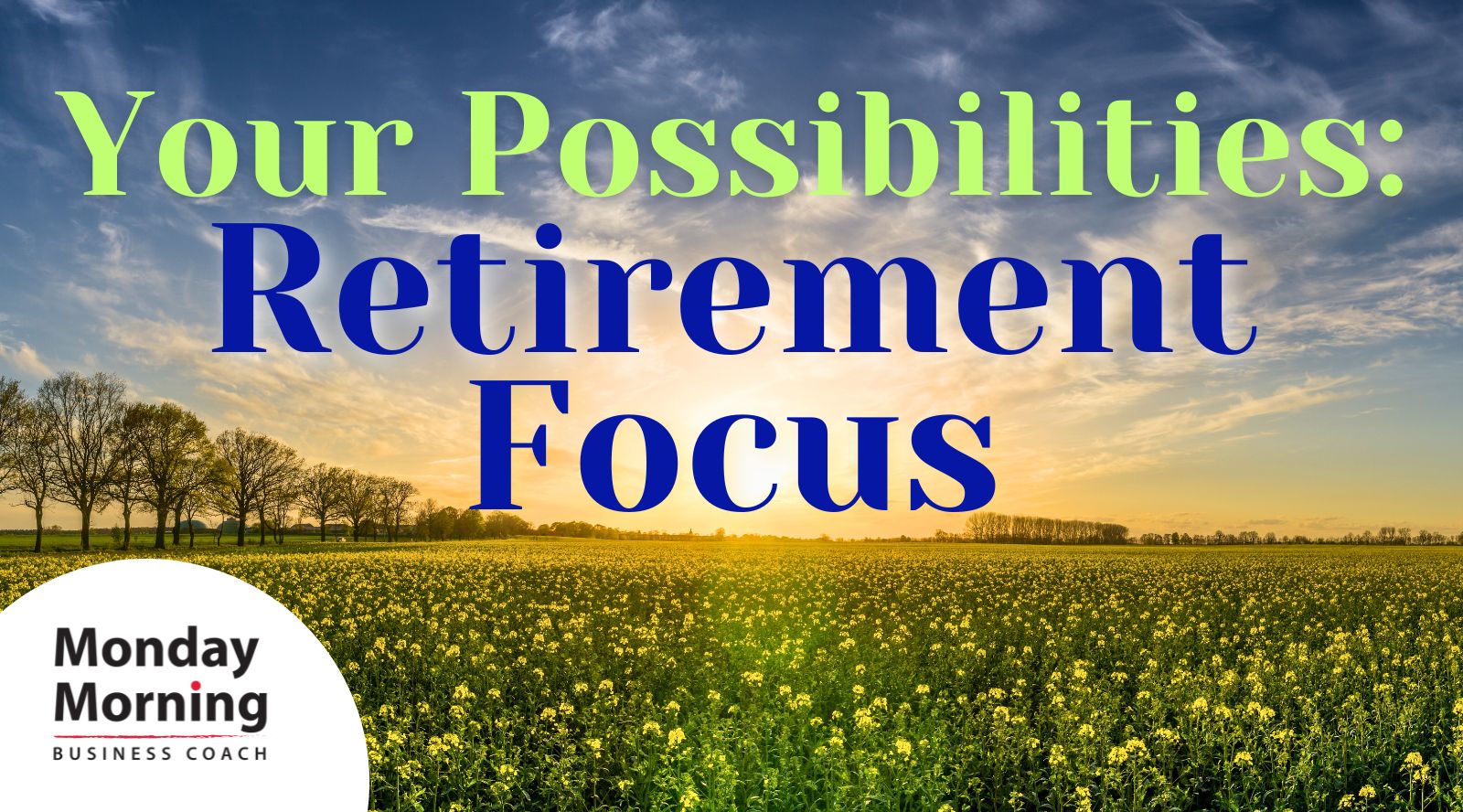We’ve recently been talking about navigating change and transition, and that the various moving parts can make it difficult to think about all of the possibilities available to you.
When you’re in transition,
we know that the idea of considering
“What’s possible?”
can sometimes be overwhelming.
Last week, we focused on the basics of our career strategy approach, and today we’re sharing our thoughts on how to plan for your transition to retirement.
There are limitless options for what retirement can look like, so it’s important to be intentional about your vision of satisfaction and fulfillment.
If you’re thinking about what retirement could look like for you, we encourage you to take a look through this overview of our framework:
Time Frame
- It can be helpful to have a target (even if it moves) so that you can work towards it.
- Do you have a date or approximation of when you’d like to retire?
Life Priorities:
- Naming your life priorities is a great way to help you identify, articulate, and claim the things that really matter to you.
- You can use your priorities to support you in creating a retirement that feels fulfilling and successful for you.
- What are the things that matter most to you in your life?
Core Criteria
- What are the various core criteria that you want to keep in mind in your retirement? As you think about how you want to spend your time and money, consider some of these areas:
- Paid or unpaid work
- Health and wellness
- Learning
- Fun
- Relationships
- Travel
- Location
Success
- We’ve found that writing down details of what success could look like for you will help you to more fully envision your retirement.
- If you’re feeling successful and satisfied in this next phase, what will that live like, look like, and feel like? Consider sights, sounds, smells, tastes, feelings, people, etc.
Planning
- Now that you’ve considered the various pieces of what a successful retirement could look like, it’s important to create a plan to get there.
- What are the big rocks/goals that you want to accomplish, both personally and professionally, in order for you to make a successful transition?
Obstacles
- Studies show that the people who are clear about their goals as well as their obstacles, AND plan for both, are more likely to find success.
- What are the 1-3 obstacles that are most likely to get in your way as you work toward your retirement?
Small Steps
- Review the success you envision, your big rocks, and the obstacles you’ll face, and then consider what your first small steps could be to begin moving you forward.
- What are the initial 1-3 small steps you can take today (this week, this month), to get you around your obstacles and closer to your successful retirement?
- Repeat this step on a daily, weekly, or monthly basis.
As you review the steps above, think about the whole of you. What does a successful retirement look like for you?
We’re here if you need us.
If you’d like support
with your retirement transition strategy,
contact us today.


